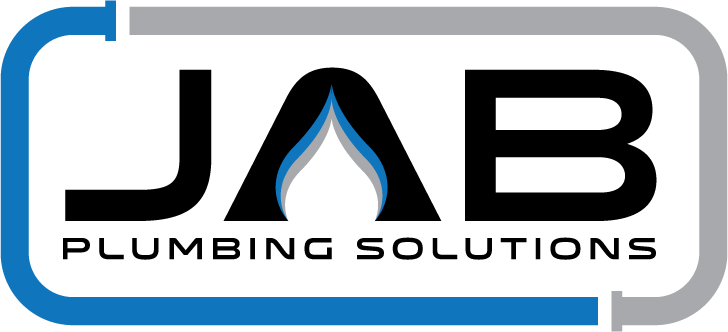Clogged sink drains can make the necessities of daily life arduous. It’s hard to brush your teeth and wash your hands when the bathroom sink is clogged up. If the kitchen sink is clogged or slow draining you will struggle to wash the dishes or clean fruit and vegetables. People take these every day activities for granted, until there is a clogged drain. But clogged bathroom sinks and kitchen sinks can often be cleaned easily. This article will take you through some simple DIY methods to unclog a sink.
How to unclog a bathroom sink
Bathroom sinks drains are susceptible to blockages from a variety of things. Common debris that goes down a bathroom sink and causes clogs include hair, soap scum, dental floss and cotton buds. When these items get washed down the drain they can get caught in the pipework and accumulate over the years.
A slow draining bathroom sink is the first sign that a clog may be forming in the pipes. If the water isn’t draining as well as normal don’t, ignore it. Your chances of cleaning a bathroom sink drain without needing to call a plumber are highest when you act quickly, before the blocked drain becomes a major issue. Other warning signs of a blocked bathroom sink include a bad smell coming from the drain opening or gurgling sounds in the pipes when the water drains. Read how to unclog a bathroom sink below.
How to unclog a kitchen sink
A clogged kitchen sink is often caused by organic matter such as food scraps, coffee grounds and oil. It can also be caused by other materials, such as teaspoons or toothpicks, accidentally falling down the drain. Similarly to bathroom sink drains, the warning signs include slow draining water and gurgling sounds in the pipes. Read how to unclog a kitchen sink below.
If anyone knows how to unclog a sink in the kitchen or bathroom it’s the team at JAB Plumbing Solutions!
Tips on How to unclog a sink drain
Plunging: Using a drain plunger is the first technique you should try when attempting to unclog sink without the assistance of a plumber. Any cup plunger is suitable. Don’t waste your money buying an accordion plunger or a flange plunger as these are designed for blocked toilets (not sinks) and you will struggle to get an adequate seal. If the sink is full of water, remove some but leave enough water to cover the cup head. This will improve suction. Let some of the air out of the cup and then using a push-pull action, start to plunge forcefully. Keep the handle vertical to maintain the tight seal.
Wire coat hanger: Sometimes a clogged bathroom sink is caused by an obstruction just below the drain opening, such as a clump made up of hair and soap scum. All you need to do is reach down and remove the clump. A unfurled wire coat hanger is a surprisingly simple and effective technique in unclogging bathroom sinks because you can shape the hanger to fit easily inside the opening. Use the hook to remove as much debris and gunk as possible. Follow this up by pouring some hot water down the drain. This technique can also be used to unblock a kitchen sink.
Vinegar and bicarb soda: when you google how to unclog a sink, this method is popular on the internet. It’s definitely not guaranteed to clear a blocked sink drain and will most likely only work on very minor clogs. However, seeing as most households already have both of the products handy, there is no harm in trying. When bicarb soda and vinegar react they fizzle and expand, creating pressure within the drainpipe that can work to dislodge a minor blockage. Pour equal parts of vinegar and bicarb soda down the drain, allowing them to sit in the pipes for a couple of hours (or even overnight). These substances are safe for pipes so you can repeat the process a number of times if need be.
Natural drain cleaners: The enzymes in natural drain cleaners work by dissolving organic waste material into smaller molecules, which naturally occurring bacteria can then convert into water and CO2. Because clogged kitchen and bathroom sinks are often caused by organic matter such as oil, food scraps, soap and hair, natural drain cleaners can be quite effective. You should not use natural drain cleaners for serious blockage or clogs caused by non-organic matter. There are a few different brands of natural drain cleaners on the market but the most popular are Bioclean and Actizyme.
Remove the S-trap and clear the clog by hand: The trap is located directly below the sink. Place a bucket underneath and have a few old towels nearby for any spillage. Use a wrench to loosen the slip nuts until they are loose enough to unscrew by hand. Remove any gunk from inside the trap and rinse it thoroughly (in another sink). Replace the trap as it was a tighten the slip nuts with the wrench.
JAB Plumbing Solutions knows how to unclog a sink!
If the above methods are not working you should call a local plumber. Sometimes a blocked sink drain is merely a symptom of a bigger issue with your plumbing. For example, if the outside sewer drain is clogged, a common side effect is problems with other drains throughout the home. Only a licensed professional plumber can resolve a clog in the sewer main.
JAB Plumbing Solutions are Sydney’s leading blocked drain plumbing company. We specialise in clogged drain repairs, high-pressure drain cleaning, drain excavations and repairs, drain installations and any other drainage needs you may have. To find out more you can speak with one of our licensed professionals on 1800 225 552.
RELATED ARTICLES:








